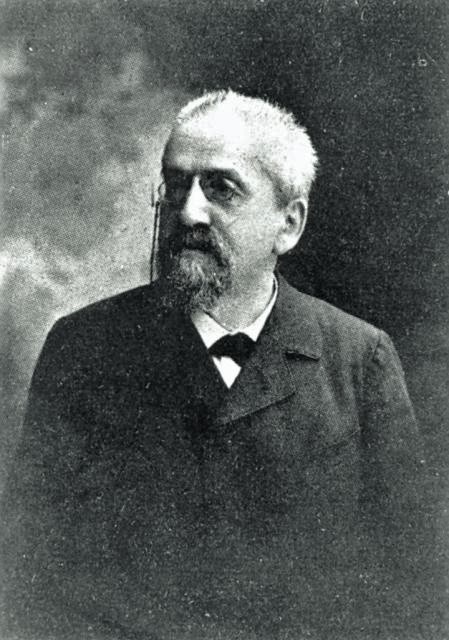In 1909, a strange ceremony took place at the Jewish cemetery in Warsaw. After the funeral service in the cemetery synagogue, after prayers and psalms, the silent participants unveiled a monument, created on the initiative of the graduates of the Warsaw Main School which had been closed thirty years ago. The monument, consisting of three separate granite parts, symbolized the division of Poland into three partitions and commemorated Henryk Wohl, director of the Treasury Department of the Uprising National Government (1863). On the central boulder there was an inscription: Here lies a good son of the Fatherland, countrymen.
Henryk Wohl was born into a Jewish family. He was a student of the Rabbinical School in Warsaw, then he worked as an accountant at the Frenkel bank. Before the January Uprising, he was active in Polish patriotic youth unions, collaborated with the leader of the liberal Warsaw bourgeoisie, Edward Jürgens (1824-1863), and was a member of the “White” organization.
After the outbreak of the January Uprising, Henryk Wohl joined the National Government. On his initiative, a national loan was issued, which financed the insurgent activities. Initially, it was supposed to be mandatory and bring an income of PLN 21 million, then the National Government decreed that the redemption of bonds would be voluntary.
Henryk Wohl was arrested by the Russians in November 1863. Initially, he was sentenced to death, then the sentence was changed to life imprisonment. He returned from exile near Irkutsk after twenty years. It was forbidden to talk about such biographies in the Russian partition, which was well understood by the scientists, writers, journalists, young people and representatives of the Warsaw Jewish community gathered at the ceremony of unveiling the monument.
Henryk Wohl donated his property to organizations supporting Polish culture.





